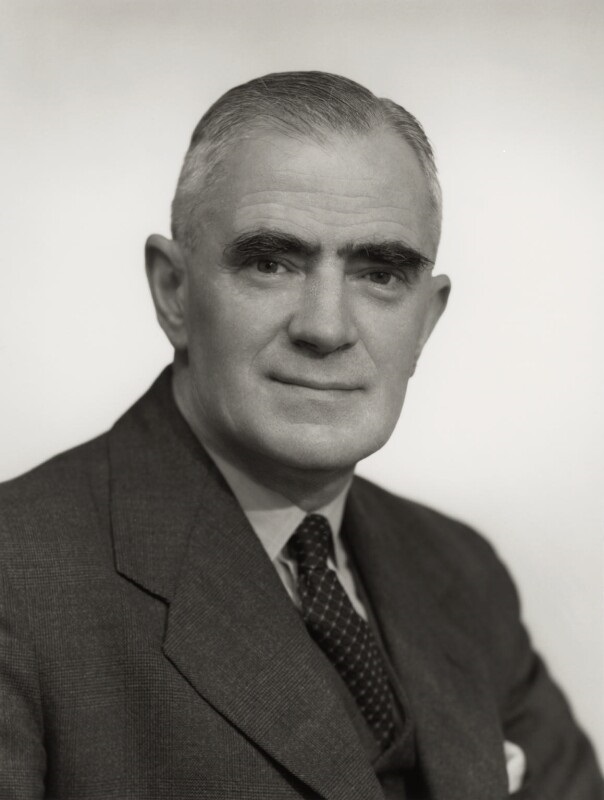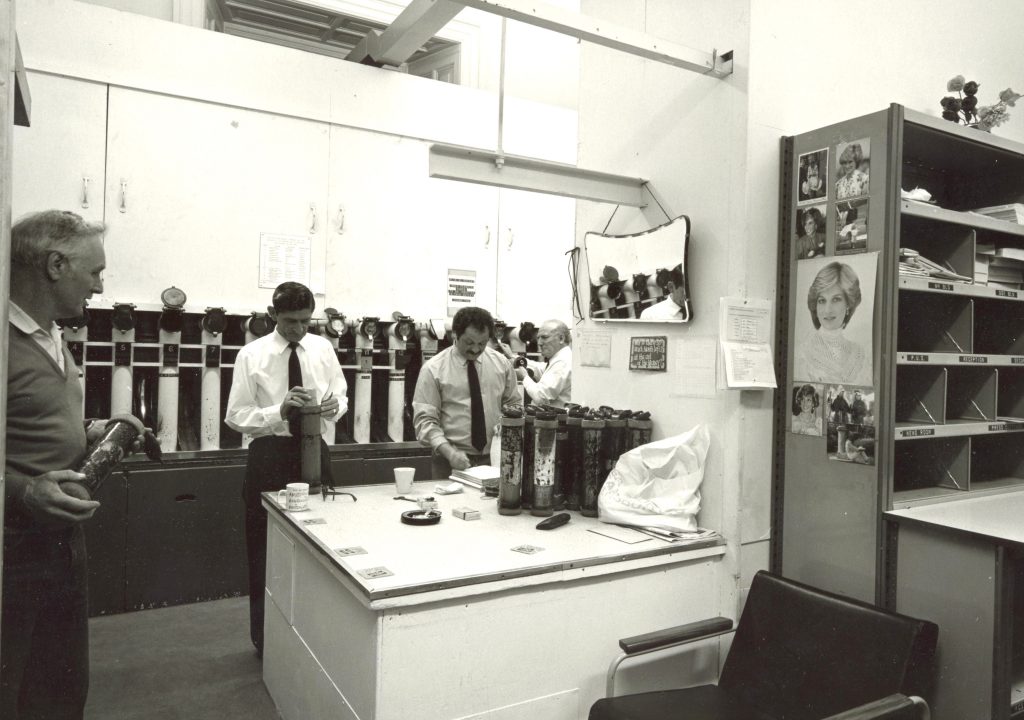On this day in 1968 the Foreign and Commonwealth Office was created. But how did it come about, and what changes has the organisation seen in the last 50 years?
The hole in the wall
Back in 1963, a confrontation broke out between Indonesia and Malaysia, which highlighted the increasingly unworkable split in UK overseas representation. How could you manage a conflict effectively when the Foreign Office (FO) dealt with Indonesia and the Commonwealth Relations Office (CRO) with Malaysia?
The answer was to break down barriers — quite literally — between the two Departments, which were housed next to each other in Downing Street. A joint taskforce was set up to deal with the crisis and they knocked a hole in the wall between both departments so staff could access adjacent offices.
Small cultural differences were noticed. FO staff were amazed to see the CRO put their names on their door on a little white card — the only door with a name on it in the FO was the ladies’ lavatory.
The gap became known as ‘the hole in the wall’ and even the Foreign Secretary found it handy for nipping through to see his opposite number in the CRO. However, increased inter-departmental access was only a temporary fix.
Cutting the cloth
In 1962 former US Secretary of State Dean Acheson famously stated that Britain had ‘lost an empire and not yet found a role’. What was also true was that Britain still had a large and costly administration that was no longer needed in a post-imperial age. There were individual departments for dealing with Foreign, Colonial, and Commonwealth Relations.
The 1964 Plowden report on representational service overseas kicked off a process of contraction, beginning with the amalgamation of diplomatic and colonial service personnel to create HM Diplomatic Service in 1965. The merger of the CRO and Colonial Office followed in 1966, to form the Commonwealth Office.
The resignation of George Brown as Foreign Secretary in March 1968 acted as a spur to Prime Minister Harold Wilson to affect the merger of the Foreign and Commonwealth Offices. The PUS, Paul Gore-Booth, heard about the proposal on the radio (to his 'considerable surprise') whilst on an overseas trip. The next six months were busy with planning.

Particular attention was paid to how things would look from the Commonwealth perspective. Assurances were given to Commonwealth High Commissioners that their special right of direct access to the Prime Minister would be preserved. The Foreign Secretary recalled that the Indian High Commissioner asked that his right to drive in a carriage with six horses be preserved: ‘I think he had just made this up, but felt it safe to reassure him.’
There was also discussion as to the new name: Overseas Department, Office of External Affairs, Office for Overseas Relations were all in the mix - someone even suggested the ‘Away’ Office to mirror the Home Office - before they went with, what now seems, the obvious choice.
On 17 October 1968 the last Foreign Secretary, the Labour MP Michael Stewart, became the first Secretary of State for Foreign and Commonwealth Affairs. The Commonwealth Secretary, George Thomson, lost his department but stayed in the Cabinet as minister without portfolio.

50 years of change
There have been many changes in the organisation over the last half century. In 1968 the telephone and the typewriter were ubiquitous, pneumatic tubes carried messages around the building and telegrams were sent by often laborious analogue methods.

Today’s diverse workforce in terms of gender, ethnicity and sexual preference was very much absent in the FCO of the late 1960s. Until 1973, women had to resign on marriage, and there was a bar on gays and lesbians working for the Diplomatic Service until 1991. Locally engaged staff were far less integrated into mainstream FCO work than they are today. In the UK, staff were scattered over 17 buildings; and the main Foreign Office building in King Charles Street was described as a slum and many looked forward to its demolition.
In diplomacy, the last half century has seen a growing trend towards complex bilateral and multilateral work, with a proliferation of international organisations and non-government actors, an exponential growth in world trade and migration, and interdependence between nations.
New challenges have arisen in the form of climate change and international terrorism. The growth in international travel by holidaying Brits has seen an expansion in consular provision, and there has been an ever-increasing emphasis on trade promotion. Meanwhile the increase in the number of independent states, following the break-up of the Soviet Union and Yugoslavia in the 1990s, has led to an expansion in the overseas network.